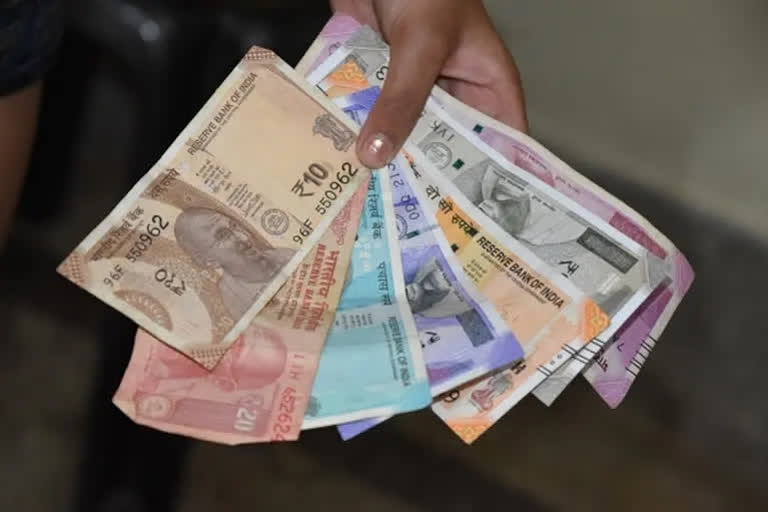New Delhi: India’s wholesale prices, measured as the wholesale price index (WPI), rose by more than 13 percent in February this year in comparison with the prices in the same month last year. This is the eleventh straight month when the year-on-year rise in wholesale prices is in double digits.
So what is fueling this high inflation? Is it an increase in the commodity and crude oil prices in the international market or is it something else that is fueling this high inflation and what will be the future direction?
According to Sunil Sinha, the Principal Economist and Director of Public Finance at India Ratings and Research, the real push to WPI inflation is coming from primary and manufacturing inflation. “The primary inflation came in at 13.4 percent in February 2022 and this is the third consecutive month in which it has remained in excess of 13 percent. The manufacturing inflation rose to 9.8 percent in February 2022 from 9.4 percent in January 2022,” said the economist.
Primary articles basically consist of food, fruits, vegetables, cereals and some other non-food items such as oil seeds, minerals, crude and natural gas have a weight of 22.6 percent in the wholesale price index. Under the primary articles, food articles inflation cooled off to 8.19 percent in February after reaching a 23-month high of 10.33 percent in January this year. This was primarily due to the softening of fruits and vegetables' inflation to 19.69 percent in February from 27.61 percent a month ago due to the arrival of fresh stocks in the mandis.
Also read: Retail inflation hits 8-mth high of 6.07 pc in February
But fruits and vegetables' inflation at 19.69 percent is still at a high level, nearly 20 percent costlier than their wholesale prices in February last year. On the other hand, cereal inflation surged to over 6 percent in February which is a 25-month high.
Edible oils
The wholesale prices of edible oils have been on the rise as they increased to 14.9 percent in February after showing a declining trend since May last year. Sinha says edible oils are expected to be high in the near term due to supply disruptions caused by three factors. First, Indonesia, a major supplier of Palm oil, has imposed restrictions on export. Secondly, there are dry weather conditions in another major supplier Brazil. As if these two factors were not enough, the supply disruptions caused by the Russia-Ukraine war will keep wholesale prices of edible oils at an elevated level.
Core inflation hardens
According to the office of Economic Advisor, which is the nodal agency under the ministry of commerce and industries for releasing the WPI data, the high rate of inflation in February this year is mainly due to the rise in prices of mineral oils, basic metals, chemicals and chemical products, crude petroleum and natural gas, food articles and non-food articles as compared to their prices during the same month last year.
Sunil Sinha says a high level of fuel prices has resulted in a pressure on the margins of manufacturers whereby they are increasingly passing on that rising input cost onto their output prices.
Also read: 14-year high: Ukraine crisis pushes Brent crude oil price to $130 a barrel
Sinha says core inflation is expected to remain at elevated levels, either in high single digit and or in double digits, in the near term as flare-up in crude oil prices, which were at $129.51 per barrel in the international markets as of March 7, is expected to keep the energy prices, logistics and transportation costs high in the foreseeable future.



